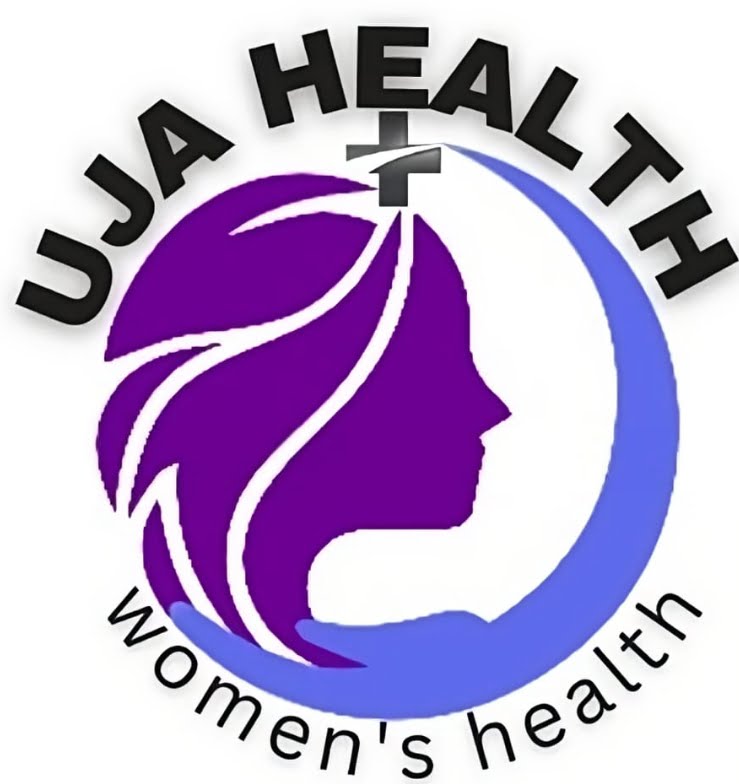BABY COMING WITH THE BUTTOCKS (BREECH PRESENTATION)
A baby lying vertical in the womb with the buttocks, knees or feet closest to the mouth of the womb called the cervix is said to be in a breech presentation. This can be found in about 2 in 10 pregnancies <28 weeks, about 16 percent of babies at 32weeks are breech and only 3 to 4 percent of babies are breech at ≥37weeks. This cannot be prevented but its complications can, hence the need for this article.
RISK FACTOR FOR BREECH PRESENTATION
The predisposing factors for breech presentation include;
- Prematurity
- Malformation of the womb
- Uterine fibroid
- Polyhydramnios; too much baby water
- Oligohydramnios; too little baby water
- Placenta previa
- Abnormality in the baby; central nervous system malformations, neck masses.
- Pregnancy with more than one baby
- Previous breech presentation
- Having two or more deliveries
- Short umbilical cord; the umbilical cord connects the baby to the placenta
In general, a baby in breech presentation could be in either of these three; frank, incomplete and complete breech. Frank breech is the commonest type of breech presentation, the baby’s knees are straight with the hips and waist bent just as in the pike position. In footling or incomplete breech, one or both hips and knees are straight. The baby may look like it is standing on one foot or both feet. In complete breech, the hips and knees are bent as in the cannonball position.
DIAGNOSIS OF BREECH PRESENTATION
Breech presentation can be diagnosed via an abdominal examination where there is the presence of a soft mass (buttocks) and the absence of a hard fetal skull in the lower uterine segment. On transvaginal examination; a soft buttock, anal orifice, or feet may be felt when the cervix is open but can be difficult to feel when the cervix is closed. Ultrasound scan imaging will confirm the diagnosis.
DELIVERY WITH BREECH PRESENTATION
Your doctor will assist you with information in other to make the best decision on the route of delivery. Certain criteria as outline below will be put together to help you give an informed consent for the route of delivery. Delivery for babies coming with the buttock could be approached through either one of these four ways;
- Your doctor may attempt to turn the baby so that the baby’s head can face downward by manipulation of the baby through the mother’s abdomen; this is known as external cephalic version. If this is unsuccessful, caesarean delivery will be the next option.
- External cephalic version then vaginal delivery for selected patients if successful.
- Caesarean delivery without external cephalic version.
- Vaginal delivery without external cephalic version.
Also, vaginal breech delivery could be spontaneous breech delivery, assisted breech delivery or total breech extraction. In spontaneous breech delivery, no traction or manipulation of the fetus is used. This is used predominantly in very preterm, often pre-viable deliveries.
In addition, assisted breech delivery is the most common type of vaginal breech delivery. The baby is allowed to spontaneously deliver up to the navel. Then manoeuvres are initiated to assist in the delivery of the remainder of the body, arms, and head.
Whereas, in total breech extraction, the fetal feet are grasped, and the entire baby is extracted. Total breech extraction is used only to deliver a second twin coming with the buttocks. It is not used for a single baby because the mouth of the womb may not be adequately open enough to allow passage of the fetal head.
To minimize risk in women who opted for vaginal breech delivery. Certain criteria need to be fulfil and they are;
- There should be no contra-indication to vaginal delivery.
- No previous caesarean delivery
- The pregnancy should be ≥36weeks
- Labour should start spontaneously
- There should be staff skilled at breech delivery and resources available for caesarean section should the need arise.
- The breech should be frank or complete as diagnosed by scan
- The estimated fetal weight should be ≥2 to ≤4kg
- There should be no fetal anomaly
- The baby’s neck should not be bent backward as if the baby is staring at the sky.
However, experts have varied opinions as regards the route of delivery of babies before 37weeks. This decision is often based on individual patient and some of the criteria above.
COMPLICATIONS OF VAGINAL BREECH DELIVERY
Breech vaginal delivery is associated with the following complications.
To the mother;
- Trauma to the genital tract
- Operative vaginal delivery such as episiotomy and forceps
- Caesarean section
- Sepsis
- Anaesthetic complication.
To the baby;
- Difficulty initiating and maintaining respiration
- Cord prolapse; the umbilical cord slight out of the vagina, this is an emergency.
- Birth trauma; fracture, dislocation, nerve injuries
- Difficulty delivering the head
- Spinal cord injuries with extended head
- Death of the baby during labour or after delivery
